Are you an artist who’s looking for a way to reduce hand fatigue while creating artworks? Drawing gloves may be the perfect solution! For those not familiar with them, drawing gloves are lightweight, fingerless mitts that help enhance the drawing experience by providing tactile feedback, friction reduction and more. But what exactly are they used for? In this blog post we’ll take a look at everything from what types of materials work best with drawing gloves to how they can improve your creative workflow. Get ready to give your hands some love – let’s dive into the world of drawing gloves and find out why artists everywhere are raving about them!
How is Drawing Special?
There are several unique features that make drawing a special form of art.
One of the most distinctive qualities of drawing is its ability to capture and depict the world around us with a few simple strokes. Through lines, shapes, and shading, artists can create lifelike representations of objects, people, and landscapes. This power to convey reality through minimal means makes drawing an incredibly versatile and accessible art form. [1]
Furthermore, drawing also allows for an immense amount of creativity and personal expression. Unlike other forms of visual arts that may require specialized tools or techniques, drawing can be done with the simplest of materials such as a pencil and paper. This simplicity allows for a greater sense of freedom and experimentation for artists to explore their own unique styles and concepts.
Moreover, drawing has been an integral part of human history and culture for centuries. From cave paintings to modern digital illustrations, drawing has been used as a means of communication, storytelling, and documentation throughout the ages. It continues to be a fundamental form of expression that transcends language and cultural barriers. [2]
What are the Most Popular Drawing Techniques?
Drawing is a form of visual art that requires the use of tools and techniques to create images, designs, or illustrations on paper or other surfaces. Throughout history, artists have developed numerous drawing techniques to express their ideas and creativity. While there are countless ways to draw, some techniques have become more popular than others due to their effectiveness and versatility. [3]
Here are some of the most popular drawing techniques used by artists today:
1. Pencil Drawing
Pencil drawing is perhaps the most common and basic form of drawing. It involves using a pencil or graphite stick to create lines, shapes, and shading on paper. Pencils come in different grades of hardness, ranging from 9H (hardest) to 9B (softest). The harder the pencil, the lighter and finer lines it produces, while softer pencils create darker and thicker lines. Pencil drawing is versatile and can be used for both rough sketches and detailed drawings.
2. Charcoal Drawing
Charcoal drawing involves using a piece of burnt wood (charcoal) to create dark, bold lines on paper. It has been used by artists for centuries and is known for its dramatic, expressive qualities. Charcoal can be manipulated to create different textures and shades, making it ideal for creating bold, dynamic drawings.
3. Ink Drawing
Ink drawing is the process of using ink to create lines and shapes on paper. There are various types of ink, including India ink, fountain pen ink, and gel ink, each with its unique qualities. Ink drawings can be created using a variety of tools such as pens, quills, brushes, and even fingers. This technique is popular for creating precise and detailed drawings.
4. Watercolor Drawing
Watercolor drawing involves using water-based pigments to create images on paper. The pigments are mixed with water to create translucent washes of color. Artists can achieve a range of effects by varying the amount of water and pigment used. Watercolor is a popular medium for creating soft, delicate drawings.
5. Pastel Drawing
Pastels are sticks of pigmented chalk that come in various colors and degrees of hardness. They are ideal for creating vibrant, colorful drawings as they have a high pigment concentration. Artists can blend pastels to create a smooth, painterly effect or use them for bold, expressive strokes.
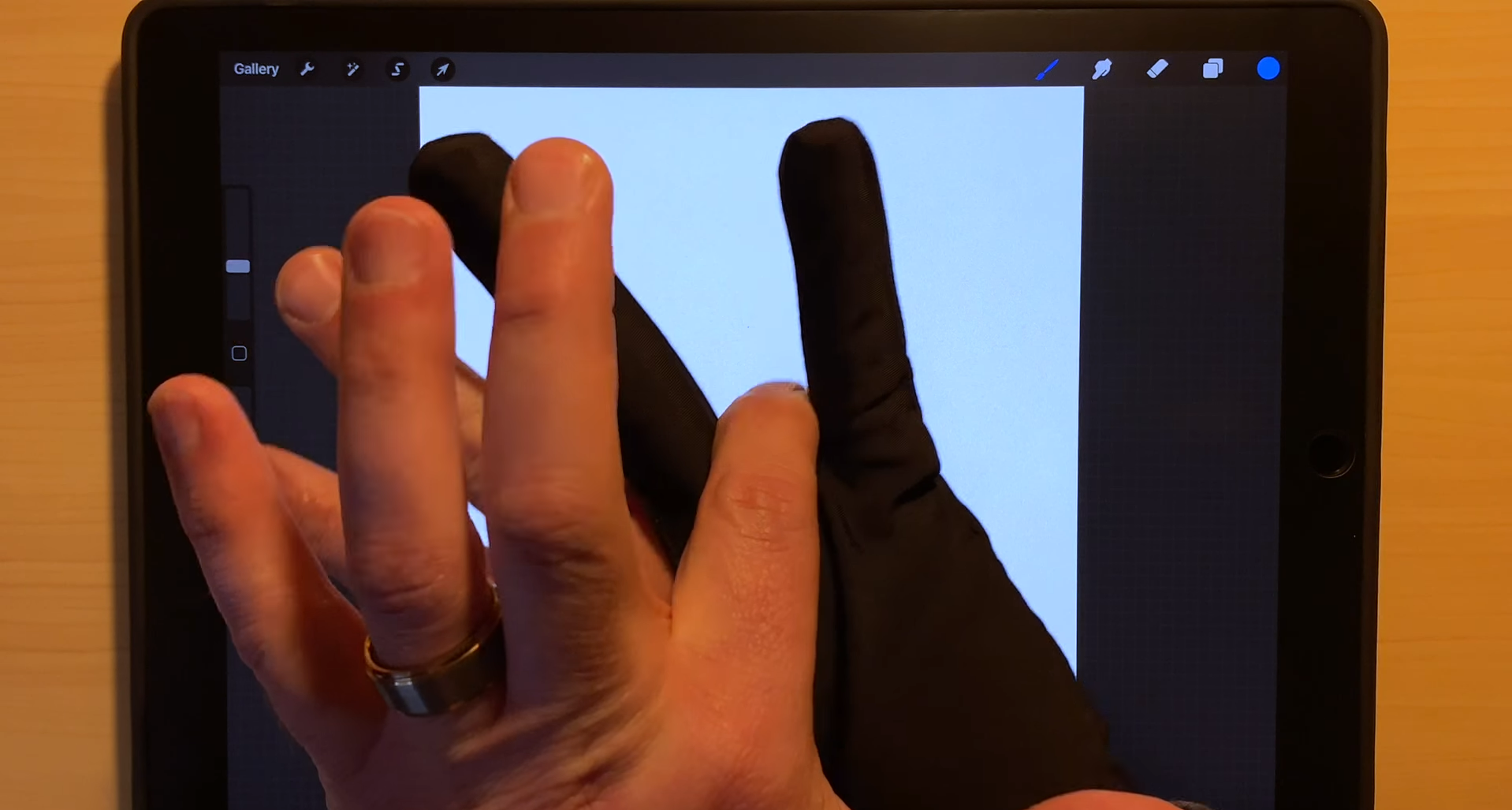
6. Digital Drawing
With the advancement of technology, digital drawing has become increasingly popular among artists. It involves using digital tools such as tablets and software programs to create drawings on a computer. Digital drawing offers endless possibilities for creating and editing artwork, making it a favorite among many artists today.
7. Collage Drawing
Collage drawing is a technique that involves combining different materials such as paper, fabric, photographs, and other found objects to create a layered image on paper or canvas. This method allows for endless possibilities in creating unique and textured drawings.
8. Mixed Media Drawing
Mixed media drawing is the combination of two or more traditional or digital drawing techniques to create a single artwork. Artists can use a variety of materials and techniques, such as painting, collage, printmaking, and photography, to create layered and dynamic drawings. This technique allows for endless experimentation and creativity.
9. Gesture Drawing
Gesture drawing is a technique used by artists to capture the movement and essence of a subject quickly. It involves creating quick, loose sketches with minimal details to capture the basic form and motion of a subject. This technique is often used in figure drawing and is an excellent way for artists to practice their observation and drawing skills.
10. Contour Drawing
Contour drawing is a method of creating detailed outlines that follow the edges and contours of a subject. This technique requires careful observation and precise hand movements to create accurate and detailed drawings. Contour drawing is often used in observational drawing, but artists also use it as a basis for more complex drawings. [4]
What Tools and Materials Do Drawing Require?
Drawing is a popular form of art that has been practiced since the beginning of time. It requires minimal tools and materials, making it an accessible and versatile hobby for people of all ages. In this section, we will discuss the essential tools and materials needed to start drawing. [5]
Pencils
The most commonly used tool in drawing is a pencil. Pencils come in different grades, which indicate the hardness or softness of the graphite core. The harder the grade, the lighter and finer the lines it produces. On the other hand, softer grades produce darker and thicker lines.
Paper
Paper is another crucial material for drawing. It comes in various types and sizes, but a plain white paper with a smooth surface is ideal for beginners. The type of paper used will affect the overall appearance of the drawing, so it’s essential to experiment and find what works best for you.
Erasers
Mistakes are inevitable in drawing, which is why an eraser is a necessary tool. There are different types of erasers, such as kneaded erasers, which can be molded and shaped according to your needs. White vinyl erasers, on the other hand, are suitable for removing larger areas of graphite.
Blending Tools
Blending tools are used to create smooth gradations and blend different tones together. Cotton swabs, tortillons (rolled paper), and blending stumps (cylindrical paper) are some examples of blending tools.
Drawing Surfaces
While paper is the most commonly used surface for drawing, there are other options available. You can draw on canvas, wood, or even digital surfaces using a stylus and tablet. Each surface will require different techniques and materials, so it’s essential to choose one that suits your style of drawing.
Coloring Materials
While colored pencils or markers are not necessary for drawing, they can add a new dimension to your artwork. Colored pencils produce more vibrant and detailed color, while markers create bold and solid colors.
Other Tools
Apart from the essential tools mentioned above, there are other materials that can enhance your drawing experience. These include rulers for precise measurements, sharpeners for keeping your pencils sharp, and fixatives to protect your finished artwork. [6]
What Are Drawing Gloves For?
Drawing gloves, also known as anti-fouling or smudge guard gloves, are specialized gloves designed to make drawing easier and more comfortable. They are typically used by artists, designers, and students who work with traditional art mediums such as pencils, charcoal, pastels, and ink. [7]
Why Use Drawing Gloves?
Drawing gloves serve multiple purposes that can greatly benefit artists and designers. Here are some of the reasons why you should consider using drawing gloves:
- Prevents Smudging: One of the main purposes of drawing gloves is to prevent smudging on your artwork. Especially when working with traditional mediums, it can be frustrating to accidentally smudge or smear your work because of your hand resting on the paper. Drawing gloves cover your fingers and hand, creating a barrier between your skin and the paper, thus reducing smudging.
- Improves Grip: Drawing gloves are made of materials that provide better grip on pencils and other drawing tools. This allows for more control over your marks and lines, resulting in cleaner and more precise artwork.
- Reduces Friction: When working with certain mediums such as charcoal or pastels, the friction between your skin and paper can cause undesirable effects like smudging and roughness. Drawing gloves reduce this friction, creating a smoother surface for your drawings.
- Comfort: Wearing drawing gloves can also provide extra comfort while drawing for extended periods of time. The soft material of the gloves prevents calluses and blisters from developing on your fingers, making it easier to work on your art without any pain or discomfort.
Types of Drawing Gloves
There are various types of drawing gloves available in the market, each with its own unique features and benefits. Here are some popular types of drawing gloves:
- Two-Fingered Gloves: These gloves cover only the thumb and index finger, leaving the rest of the hand exposed. They are suitable for artists who want to have more control over their drawing tools and need less coverage.
- Full-Fingered Gloves: These gloves cover all fingers and hand, providing complete protection against smudging. They also usually come with a grip-enhancing material on the fingertips for better control.
- Anti-Slip Gloves: As the name suggests, these gloves have an anti-slip material on the inside that prevents them from sliding off your fingers. They are great for artists who tend to work quickly and with a lot of pressure.
- Touchscreen-Compatible Gloves: Some drawing gloves come with touchscreen-compatible fingertips, allowing you to use your phone or tablet without taking off the gloves. This is especially useful for digital artists who need to switch between traditional and digital mediums. [8]
How to Choose Drawing Gloves?
With so many options available in the market, how do you choose the right drawing gloves? Here are a few factors to consider:
Material
Drawing gloves come in various materials such as cotton, nylon, and lycra. Cotton gloves are lightweight and breathable but may not be as durable as other materials. Nylon gloves provide more grip and control but can be less comfortable to wear for long periods of time. Lycra gloves offer the best of both worlds with their stretchability and breathability, making them a popular choice among artists. [9]
Size
The size of drawing gloves is crucial for optimal performance. Too loose, and it will hinder your movements, too tight, and it can restrict blood flow. Most brands offer sizing options ranging from small to large so make sure to measure your hand before purchasing.
Finger Coverage
Some gloves cover only the index finger and thumb, while others cover all fingers. The choice depends on your preference and comfort level. Some artists prefer full coverage for better control and smoother movements, while others feel that partial coverage allows them to have a better grip.
Grip
The palm of drawing gloves may have grip dots or lines that provide better traction while drawing. These can be helpful for artists who use tools such as pencils or pens that require a firmer grip. However, if you primarily work with digital devices and styluses, then gloves without grips may be more suitable.
Price
The price of drawing gloves varies depending on the material, brand, and features. It’s essential to set a budget and compare different options before making a purchase. Keep in mind that sometimes, investing in a higher-quality glove may be more cost-effective in the long run.
Purpose
Lastly, consider the purpose for which you’ll be using drawing gloves. If you’re an artist who works with traditional mediums such as charcoal or pastels, you may benefit from gloves with thicker material to protect your hands from smudging. Digital artists, on the other hand, may prefer thinner and more lightweight gloves for better dexterity. [10]
FAQs
What is the point of a drawing glove?
A drawing glove, also known as an artist’s glove or graphics tablet glove, is a specialized type of glove designed to improve the precision and comfort of digital artists while using drawing tablets. It can also be used for traditional media such as pencil or charcoal drawings.
Do drawing gloves prevent smudging?
Drawing gloves are a tool used by artists to prevent smudging while drawing. They are made of a smooth material, usually nylon or cotton, and have no seams on the fingers. The gloves provide a barrier between the artist’s hand and the drawing surface, allowing for clean lines and preventing any oils or sweat from interfering with the artwork.
Drawing gloves can provide better grip and control while drawing. This is especially beneficial when working with mediums such as charcoal or pastels, which can easily smudge. The smooth material of drawing gloves can allow for smoother, cleaner lines and prevent any accidental smudging from the artist’s hand.
What is the purpose of drawing gloves for iPad?
Drawing gloves for iPad serve the same purpose as regular drawing gloves, which is to provide a smooth and uninterrupted drawing experience. However, they are specifically designed for use on iPads, making them more convenient for digital artists and designers who use iPads as their primary or secondary drawing tool.
These gloves are made with conductive material in the fingertips, allowing users to seamlessly glide their fingers across the iPad screen without any interference or resistance. This makes it easier to create precise lines and details, providing a more natural and comfortable drawing experience.
Additionally, they often have an anti-slip grip on the palms, ensuring that the iPad does not slip out of the artist’s hand while they are working. Some also come with adjustable wrist straps to provide a better fit and prevent the glove from sliding off during use.
Why do artists wear half gloves?
One of the main reasons why artists wear half gloves is for protection. These gloves act as a barrier between the artist’s hand and their artwork, preventing oils and sweat from transferring onto the surface. This is especially important for delicate mediums such as paper, where even the slightest amount of moisture can cause damage.
Half gloves provide a layer of padding and support that helps ease the strain on the artist’s hand. They also protect against calluses and blisters that may occur from prolonged use of certain tools. The exposed fingers on half gloves allow artists to have more control and precision when working. This is particularly useful for fine details or intricate designs where every stroke counts. Full gloves can be too bulky and hinder movement, while no gloves at all may cause the artist’s hand to slip on the surface.
Useful Video: The Best Drawing Glove For Procreate and iPad Apps
To Sum Up
Our hands, as we know them, are some of the most complex tools we have to create artwork. Fortunately, drawing gloves can help us realize our artistic dreams while protecting the delicate and sensitive skin on our hands. Whether you are a professional artist or a creative hobbyist, these sketches and paints can come in handy whenever you want to make your mark on the world. So, why not add a couple pairs of drawing gloves to your arsenal? With all the different materials available today, there is sure to be something that fits every budget and meets the needs of every artist. Don’t just dream it – do it! Grab some drawing gloves and get ready to express yourself like never before!
References:
- https://affordableartfair.com/inspiration/whats-special-about-drawing/
- https://www.imf.org/en/Topics/special-drawing-right
- https://discountartncraftwarehouse.com.au/blog-2138/drawing-techniques-every-artist-should-know
- https://www.cowlingandwilcox.com/blog/post/48-a-guide-to-pencil-sketching-techniques
- https://www.carandache.com/be/en/drawing-supplies
- https://thevirtualinstructor.com/blog/10-essential-drawing-materials-and-tools-for-beginners
- https://store.huion.com/posts/why-do-we-need-the-drawing-gloves
- https://artcentron.com/2021/01/27/what-are-drawing-gloves-for-2/
- https://www.rollingstone.com/product-recommendations/lifestyle/best-palm-rejection-drawing-gloves-1349504/
- https://www.creativebloq.com/buying-guides/best-drawing-gloves


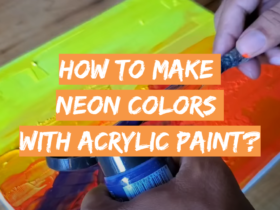
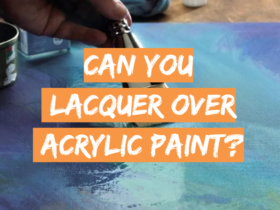
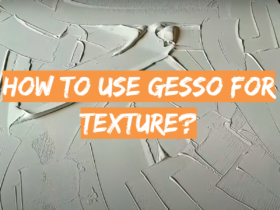
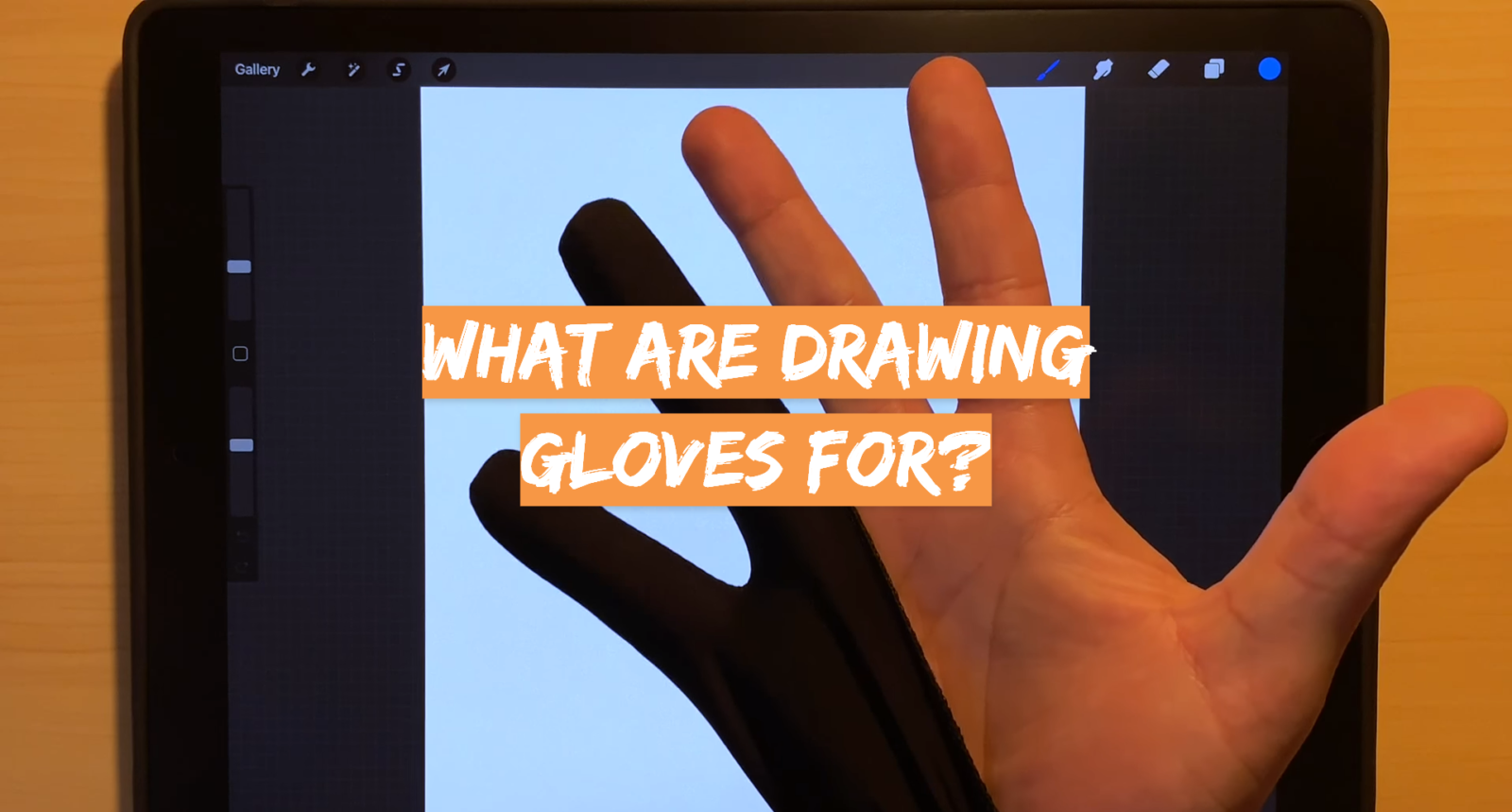
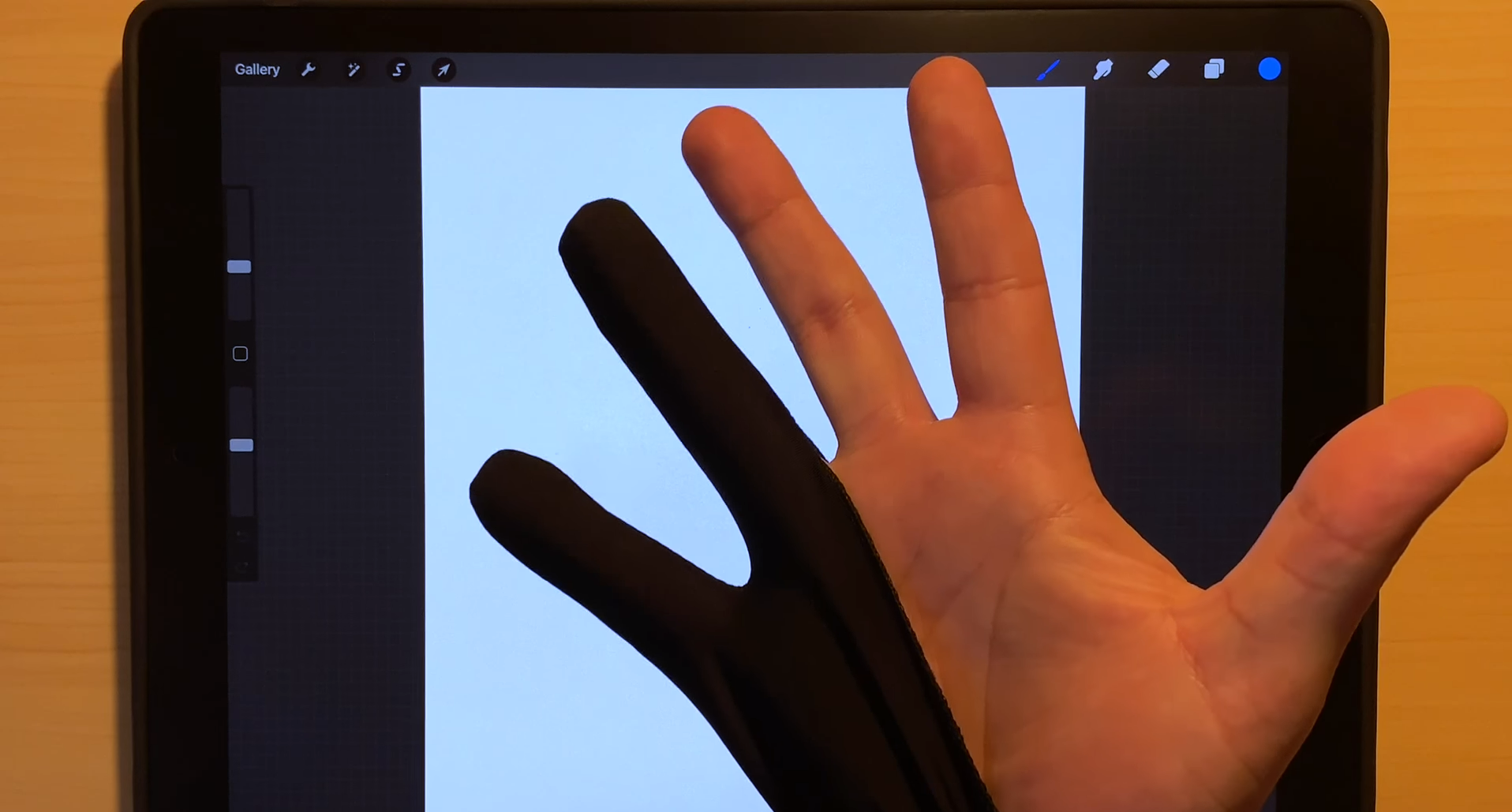
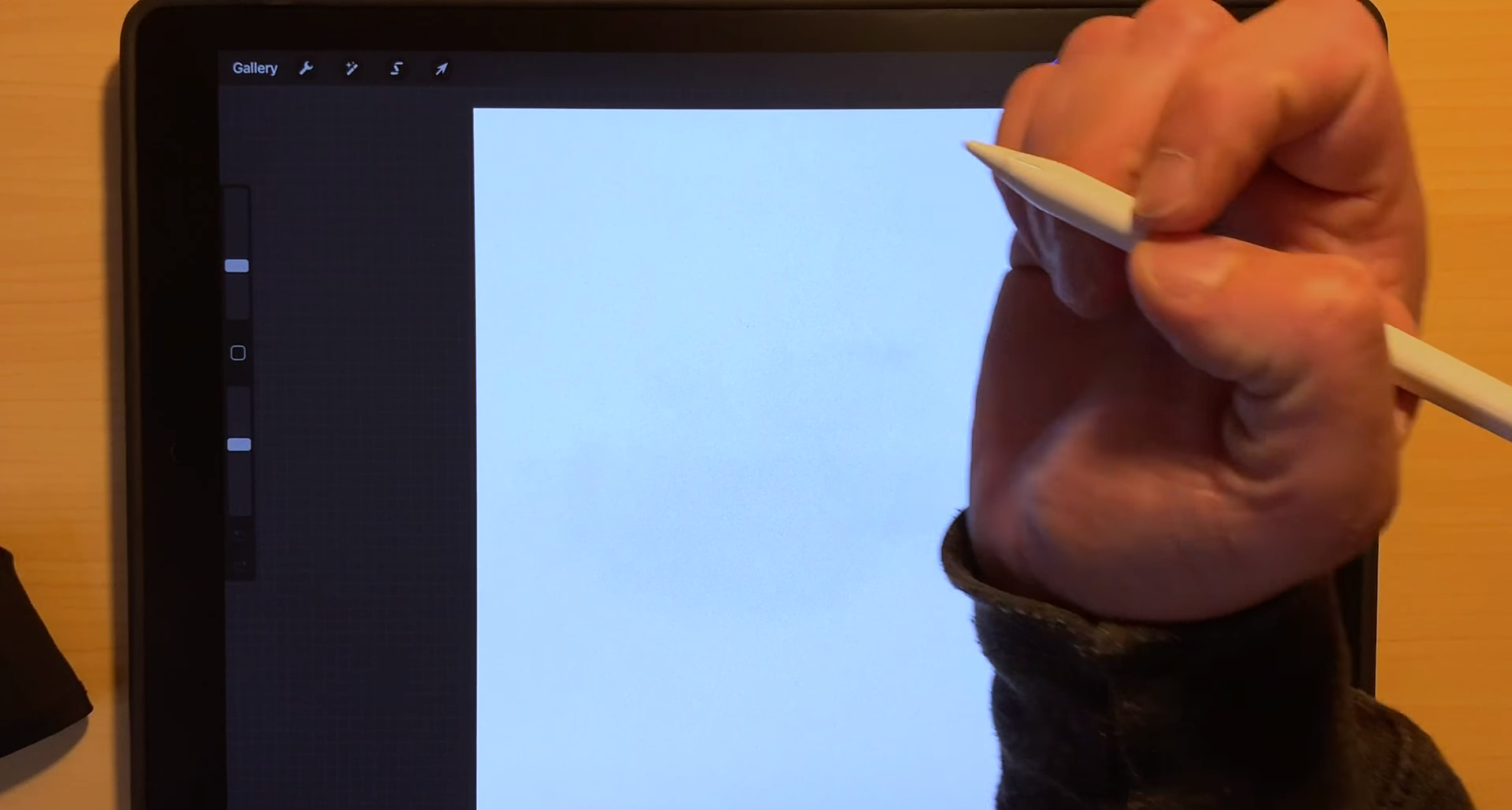
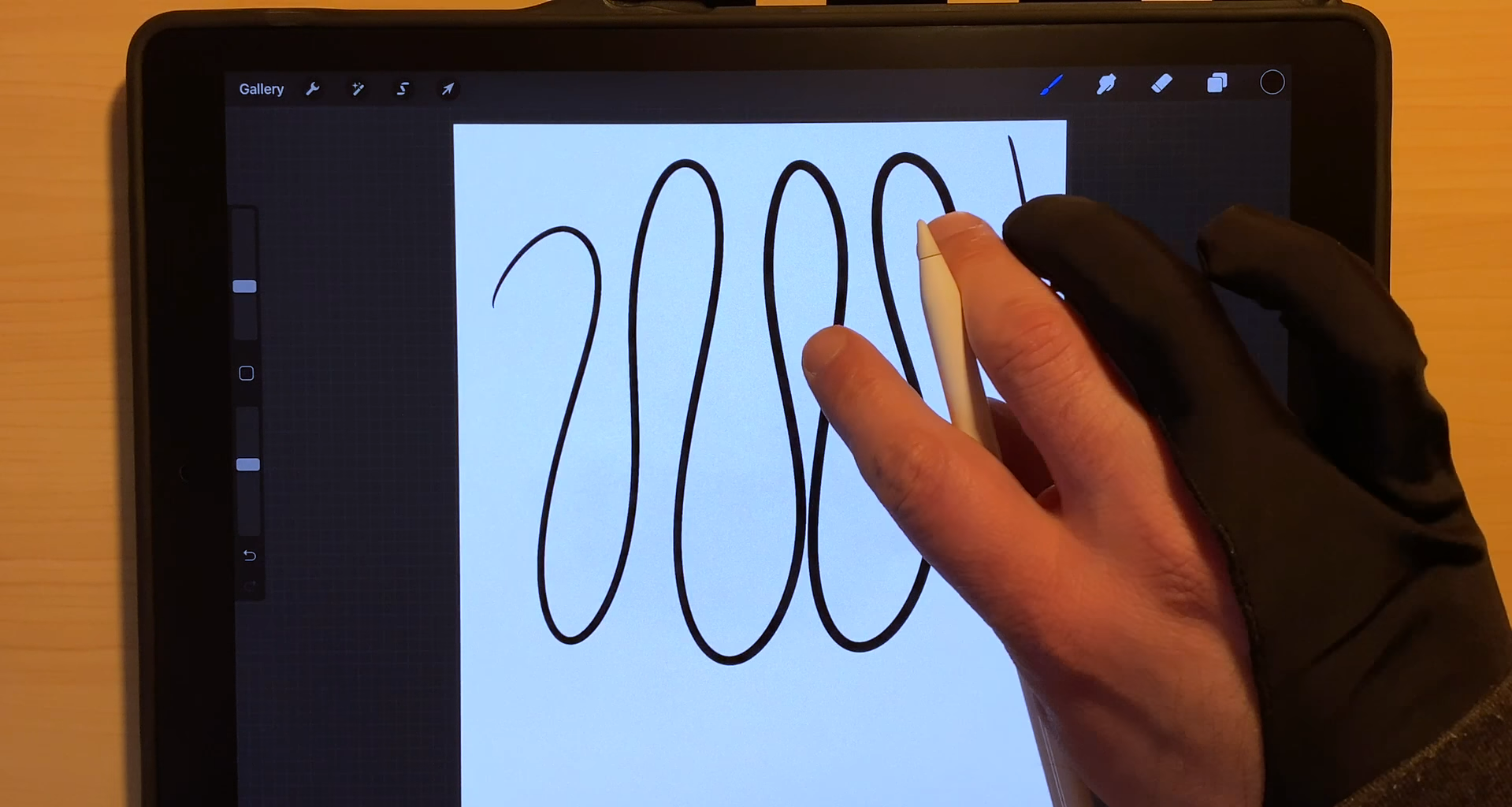
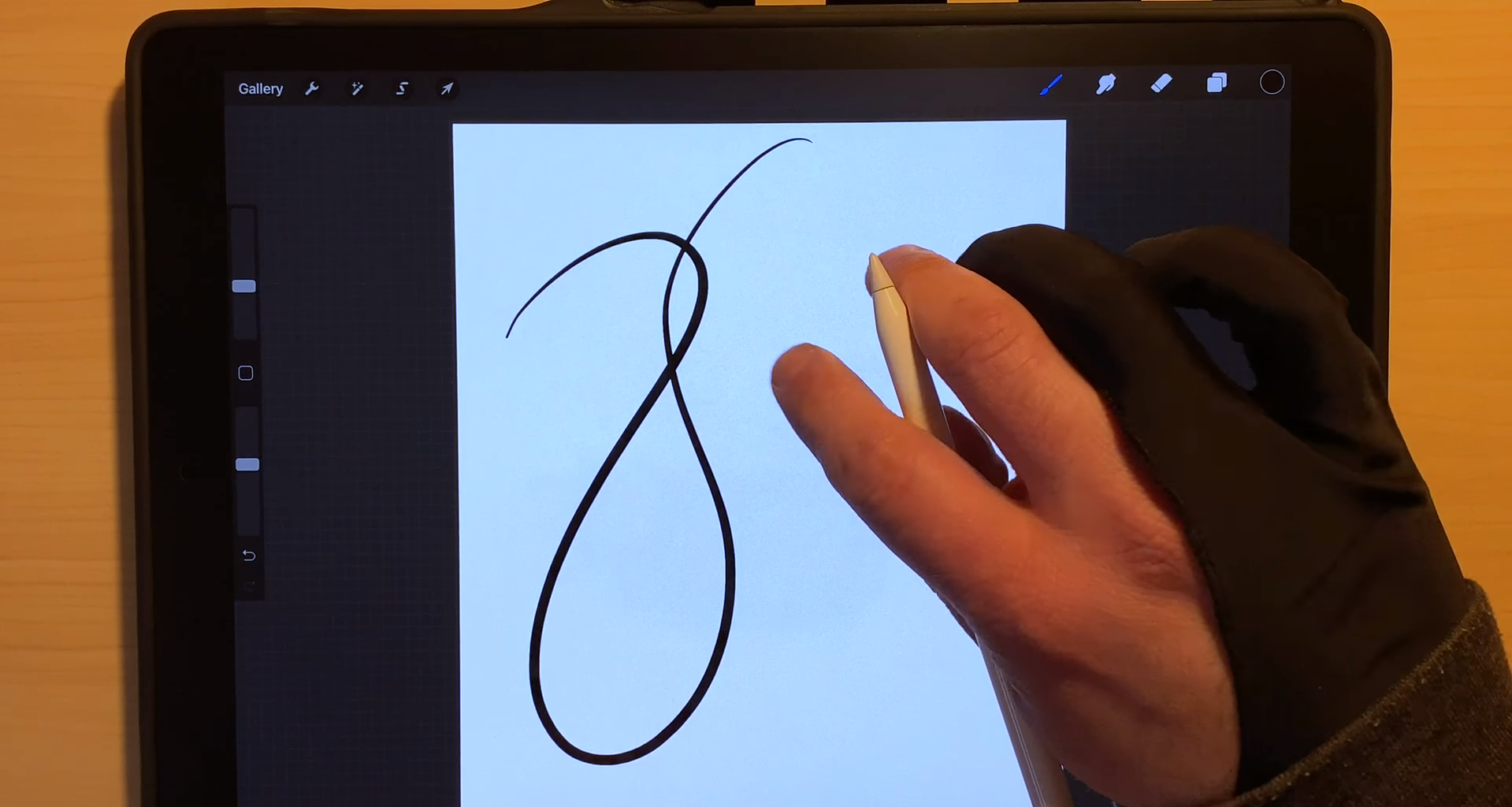

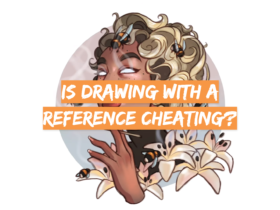
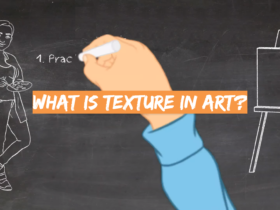
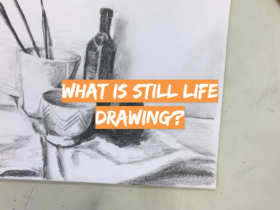
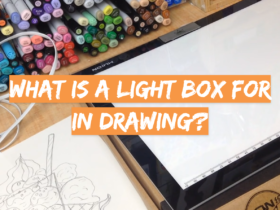
Leave a Review